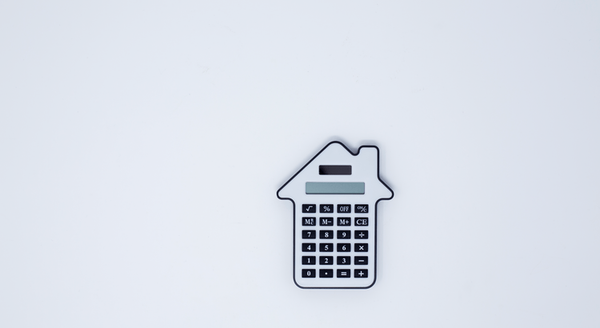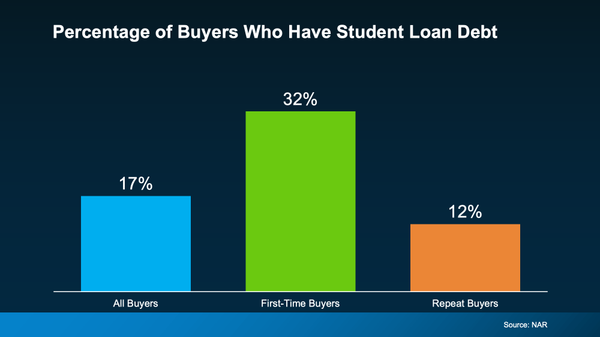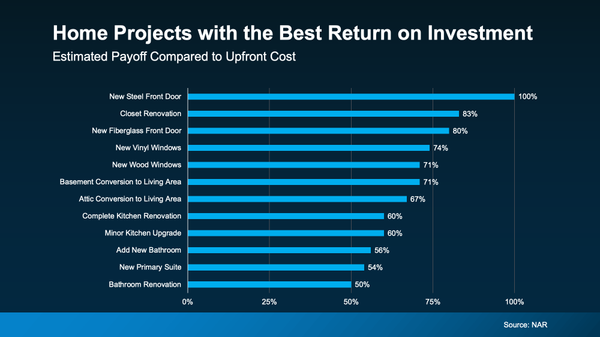Achieve Higher FICO Score

How to achieve a higher FICO score
1. Your Payment History
Nothing is more important to your FICO score than your payment history, and this is according to the team at Fair Isaac Corporation, the company that created the FICO score. According to the myFICO website, your payment history makes up 35% of your credit score.
Your FICO score will drop — often by 100 points or more — if you have late payments on your credit cards, retail accounts, car loans, and mortgage loans. Missed payments remain on your credit reports for seven years, but decrease in importance as time moves on.
Your payment history also includes any bankruptcies — which stay on your credit reports for seven to 10 years — and foreclosures, which remain on your reports for seven years.
If you have a good record of no missed payments on all or most of your credit accounts, your FICO score will tend to be higher, though other factors could negate your solid payment history.
2. The Amount You Owe
Owing a lot of money on credit cards and on loans can reduce your credit score. According to myFICO, the money you owe makes up 30% of your credit score.
But owing a lot doesn’t necessarily cause your credit score to plummet. What is more important is how much of your available credit you are using. Say you have $10,000 worth of available credit on your credit cards. If you are using $8,000 worth of this credit, your score will be lower than if you are only using $2,000 of it. That’s why financial experts recommend that you never close an open credit card account, even if you’ve paid it off and are not using it. (See also: This One Number Is the Key to Your Credit Score)

3. Length of Your Credit History
How long you’ve been using credit is another important factor in your credit score, making up 15% of it, according to myFICO. In general, the longer your credit history, the better it is for your credit score.
Your credit history includes the age of your oldest account, the age of your newest account, and the average age of all of your accounts. Your history also includes the length of time since you’ve used specific accounts.
4. Your Credit Mix
Your mix of credit cards, retail accounts, installment loans, and mortgage loans makes up 10% of your credit score. In general, it’s better if you have a diverse mix of credit types. But, according to myFICO, your credit mix is rarely a key factor in calculating your credit score. This factor is most important for consumers who have more limited credit histories and less information on their credit reports.
5. New Credit
Your newest credit accounts — including credit cards, mortgage loans, and auto loans — make up 10% of your FICO score. The researchers at myFICO say that consumers who open several credit accounts in a short period of time are a greater risk to default on their loans or miss credit card payments. Because of this, the FICO scores of consumers who have opened too many new credit accounts could dip, especially if these consumers have a short credit history.
Categories
Recent Posts










